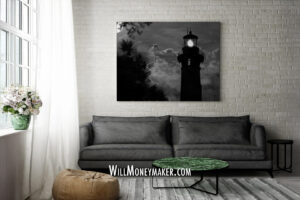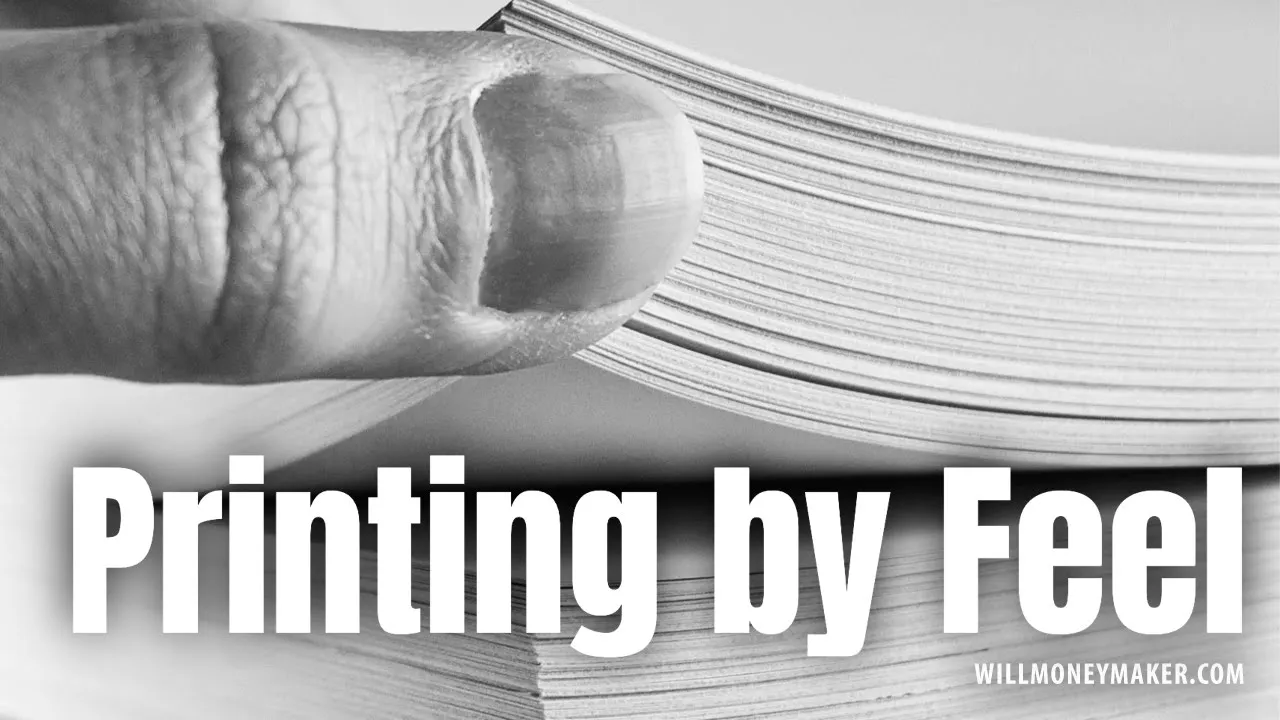There’s a common theme in photography circles, one that has been around for a long time, and that theme is this idea that bigger is always better. We need to get bigger cameras, more megapixels, and better gear that can take larger photographs. This has become especially prominent in the digital era now that we’re measuring everything in megapixels. And, we see this to an extent between full frame cameras versus those who prefer the micro 4/3 systems.
The interesting thing is, in all this hype about the latest and greatest gear, and all the talk about the cameras capable of creating images that can be scaled up to billboard sizes, one very important group of people is completely left out of the discussion. We don’t often stop to think about what our viewers need.
Why should viewers care what cameras we use? Well, they don’t, not in large part. But the way viewers experience our images means that these cameras capable of creating enormous print sizes may not be necessary. Perhaps for you, a camera capable of making poster-sized prints is necessary, but for a photographer who makes predominately 5×7 prints and smaller, a smaller camera will do.
Let’s explore this idea a little further, and you’ll see what I mean!
How Will Viewers Experience Your Prints?
Viewers are one of the most important considerations when it comes to choosing print sizes, and thus, the type of camera that best suits your needs. So, take a moment to ponder the following question: How will people be viewing your prints?
There are, of course, any number of answers. In prints, in books or online, in magazines or as PDFs — it all depends on what you want to do as a photographer. Let’s look at books as an example. If you intend to print images in a standard sized book, then this means that people will be looking at your images up close. They’ll probably be no larger than 8×10, and many will be much smaller. But, if you’re a commercial photographer who intends to create billboards, then people will be looking at your images from far away. And somewhere in the middle, there are images that are meant to be viewed from across a room, where viewers will be standing some distance away, but not necessarily hundreds of feet. The interesting thing about this is, if you place a person in a field several hundred feet away from a billboard, and you hand that person a framed 8×10 print to hold just a foot or two away from their face, it isn’t the billboard that will be the larger of the two prints, but the 8×10. Viewing an image is all about where the viewer will be in relation to the image as they are looking at it.
So this is the first consideration. Where will your viewers be when they look at your prints and thus, what print sizes do you need to make? For books, 5×7 images, small shots to accompany blog posts and so on, viewers will be close to the image, and therefore, you won’t need to have a camera capable of taking outsized photos. In fact, if you stop and think about the thousands of images you must see each day — in books, newspapers, magazines, online — nearly all of them are close to your eyes, which means they take up a lot of space in your field of vision, but in actuality, most of these images aren’t physically large. And, they weren’t necessarily created with a camera capable of creating enormous images.
But for larger images, where viewers are farther away, photographs will need to be clearer and of a higher quality. If you do find yourself taking some of these larger images—poster sizes in 20×30 or even larger, then you may just need a camera capable of taking clearer, higher quality images. Perhaps then, a camera with 40 megapixels and a full-frame sensor becomes a necessity. Either way, the bottom line is that the viewing distance, the way the majority of people will perceive your images, and thus the print sizes you will tend to favor should all be primary considerations when it comes to your choice of cameras and gear.
How Many Megapixels Do You Really Need?
Determining megapixels all comes back to the size of the print. Actually, there is a simple formula that will help you determine the number of megapixels you’ll need based on print size. Basically, you need 300 pixels per each square inch of the print to produce a clear, high-resolution image. The formula looks like this: (width in inches x 300) x (height in inches x 300) / 1,000,000. Following this formula, you would need 7.2 megapixels to produce a high-resolution 8×10 image or 28.8 megapixels to produce a 16×20 image.
As you can see, almost any modern DSLR will have enough megapixels to produce all but the largest of images. If your audience is mostly looking at images printed in a book’s pages, then a 40-megapixel camera might be excessive compared to your needs. You could quite easily get away with a less expensive camera that offers fewer megapixels and take plenty of great images that perfectly suit your audience’s needs. And, of course, if you’re producing truly big images — 20×30 and even larger, for instance — then you may want more megapixels. At those sizes, every little bit helps! But for most of us, those extra megapixels are just hype. In the end, audience determines so much about photography, everything from subject materials to preferred styles and themes. And, they determine the size of your finished prints, too, just based on the medium or format in which they will be viewing them. So, it does make sense that if you must base print size on how you will display images to your viewers, then you may also base your camera choice on the same factors. Bigger — or more megapixels — isn’t necessarily better, not unless you’re likely to be taking images that require those extra pixels!
![]()





